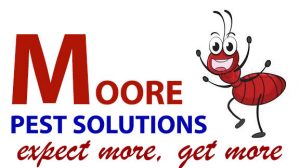Crab Spider (Misumena vatia)
Quick Look Pest Stats
Color: White to fading green or yellow
Legs: 8
Shape: Round, front 2 pairs of legs longer than the rest
Size: Female: 0.3″ – male: 0.16″
Antennae: No
Region: Throughout North America


Crab spiders, both male and female, will vary in color from white to a fading green or yellow. This makes it very easy for them to blend in natural environments like plants. Unlike many spiders, the crab spider does not spin webs to catch predators.
Habitat
Found on the flowers of herbs and shrubs, sometimes on leaves. Occurs in grassland, meadows, clearings, city gardens, wetlands and other non-forest habitats. Crab spiders are “sit and wait” predators that do not use webs.
Food
Pollinators on flowers – bees, flies, butterflies. Their venom is highly toxic to bees, enabling them to tackle much larger prey.
Biology
Female can sometimes have red dorsolateral stripes on abdomen. Diet and environment affect the overall body colors, which can be yellow, white or pale green. This species can change the color of its body over the course of several days to correspond to yellow or white flowers on which they are sitting. Males are much smaller than females, totally unlike females in color (they have a dark pattern), and have longer legs. Females guard the eggs till they hatch. Male crab spiders will collect a drop of sperm from their palps, or their appendage from their legs and will pass it on to the female reproductive organ known as the epigyne. After reproduction, the female will lay her eggs, folds them into a leaf, and will make a cocoon out silk she spun. She will guard the eggs over the next three weeks, until they hatch. After the eggs hatch, she will die.
Threat
Crab spiders are poisonous, but their venom does not affect humans. They can actually reduce flower visitation by pollinators that learn to avoid them.
Prevention
Some key preventive things a homeowner can do is reduce the population of insects that serve as food for spiders, seal up holes, cracks and gaps in the home’s exterior to prevent entrance by spiders into the home’s living spaces and remove ground litter, such as firewood stacks, that serve as spider harborage.
info@moorepestsolutions.com
OR 503-342-4329
WA 360-635-5345

